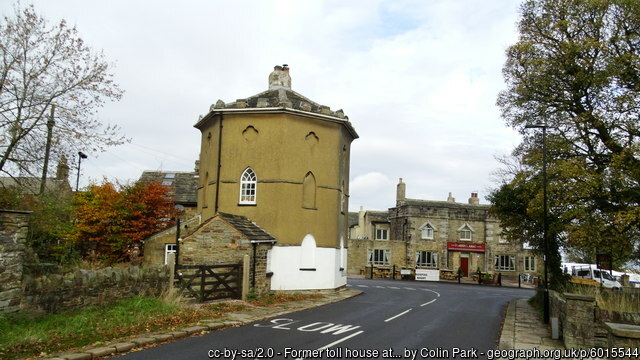The property
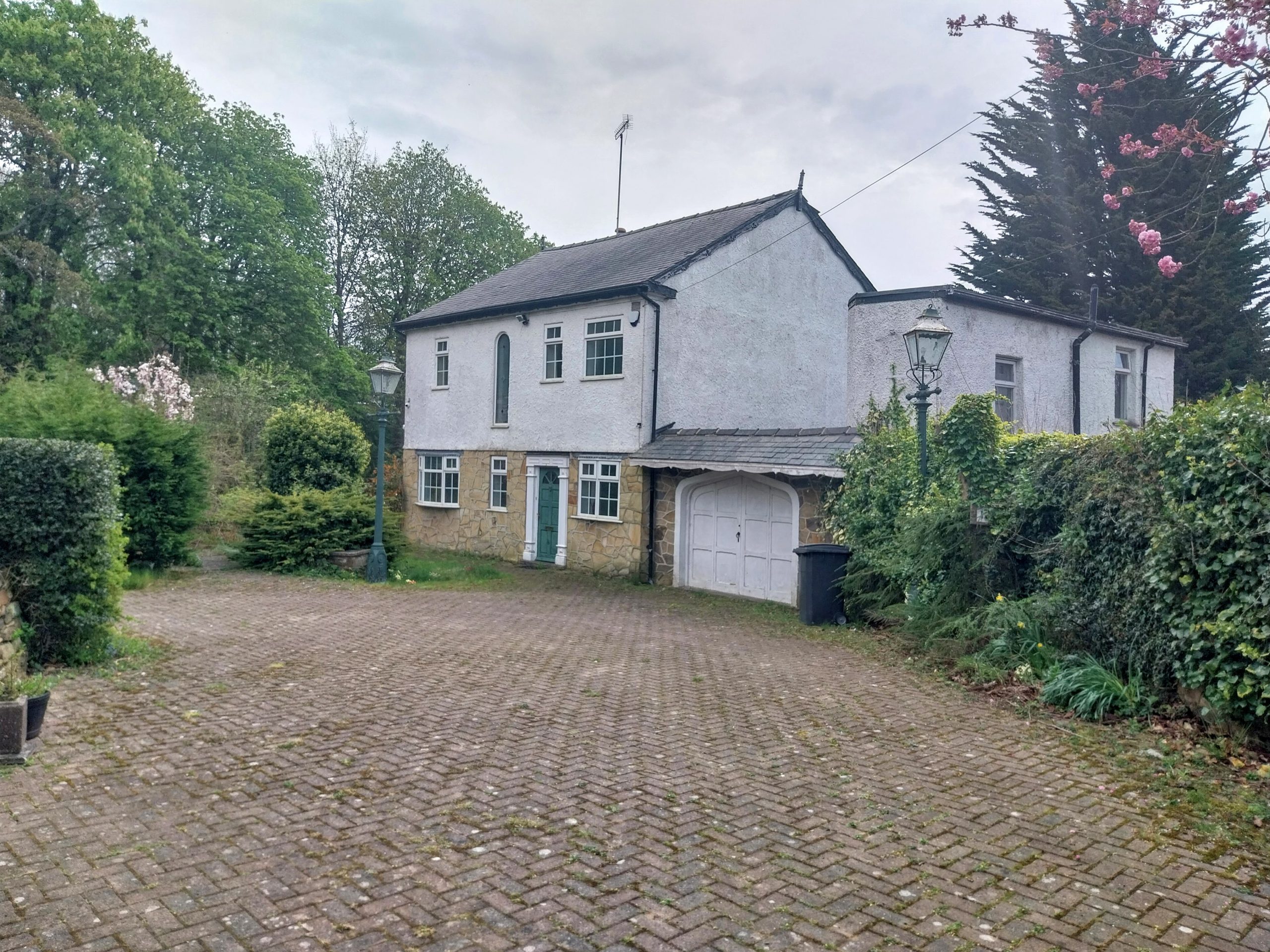
The Front Elevation
127 Brookhouse Hill has been empty and has been ‘for sale’ for a few years. After the initial sale fell through, it a second sale has been agreed, subject to the usual processes being successfully completed.
The house sits in a substantial garden which is now slowly returning to nature. You approach the house via a short, steep drive that is immediately after the last of the row of cottages on Brookhouse Hill.
For some reason the house sits between the access to No. 121 and the drive to No. 123.
Who built the House?
To answer this question, we need a bit of genealogy and property ownership.
By 1911 Jemima Hodson owned the cottages. Jemima was the daughter of Henry Swift, a file smith, of Ranmoor. One of eight siblings, she was born in 1855 and by 1871 was housekeeping for her widowed father and her pupil teacher younger sister. In 1875 she married William Hodson who was a native of Fulwood where his father, George, was the blacksmith. William found work as clerk to a merchant, a career he followed until his death in 1905 at the early age of 47. After a few years living in Crookes, William and Jemima moved to 115 Brookhouse Hill. It was here that in 1885 Jemima gave birth to Annie Winifred and a year later to Beatrice. Beatrice died aged 2 years at Bournemouth and is interred there.
Jemima received a boost to her finances when George Hodson, her father-in-law, died in 1908, leaving her the house on Brookhouse Hill where she lived and £1000. When the surveyor did his rounds in 1912 for the Land Tax, he recorded that Jemima owned the six cottages that look onto Brookhouse Hill (Nos. 111 – 121) and the four cottages (Nos. 95 – 101) Jemima continued to live in number 115 until her death in 1930 when her estate was valued at £3,400.
Jemima also owned the substantial plot of land that was sold in 2025. This is outlined in green
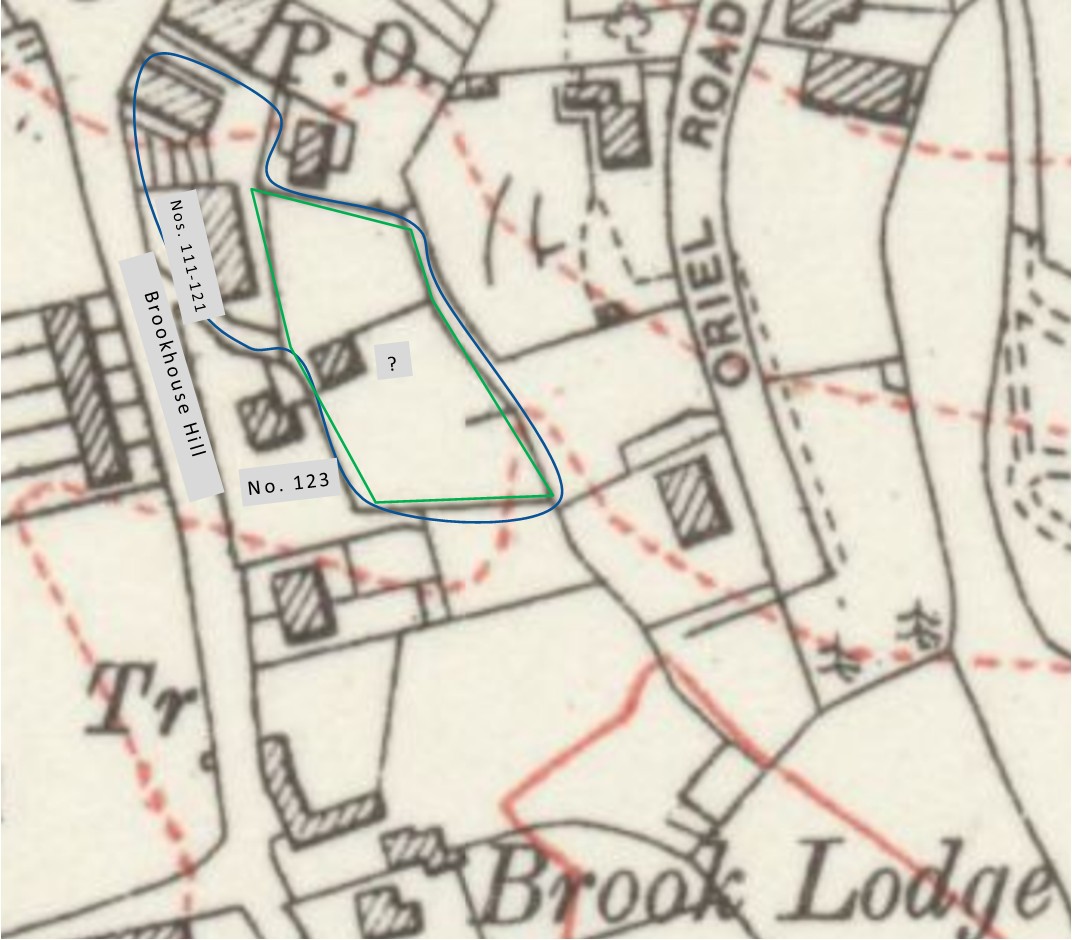
Land owned by Jemima Hodson in 1912 outlined in blue.
Down in the valley, at the Fulwood School, Thomas Holmes lived at the School House. His father was the Head master. In 1901, aged 15, Thomas was a mechanical engineer. As the way with such matters, in 1911 Thomas married a local woman: Annie Hodson the daughter of Jemima. Annie had inherited Willow Cottage from her grandfather and this was their first home.
Thomas set up in business as an automotive engineer with premises on Ecclesall Road and with the increase in car ownership and increasing use of lorries, his business prospered. Family discussions followed and Jemima made the plot of land available.
There is no record of the building marked with a ? on the map in the Land Tax Assessments of 1912. If it was a dwelling, then it reasonable to assume that Thomas and Annie would have moved in after their wedding. But they were living in WIllow Cottage until at least 1921.
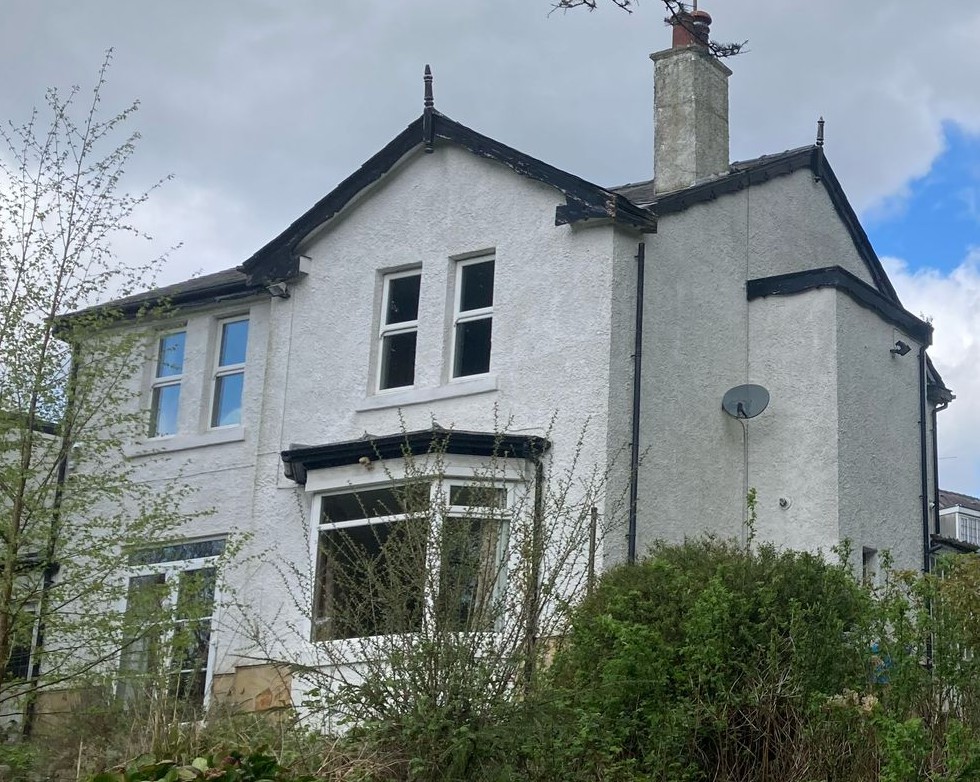
The south aspect of the house
The current house was built for Thomas, Annie and their daughter Dorothy (born in 1913) around 1924. Thomas and Annie lived in the house until at least 1972, the year that Annie died. Thomas’ death two years later was recorded at a house on Hopefield Road at Frecheville, probably living with his daughter and her family.
The house underwent a modernization externally, much of it superficial, in the 1970s.
The Future
The estate agents suggested three ways of developing the house and site: renovation of the house and grounds, demolition of the existing house and construction of a new one or dividing the land for a number of houses.
We will have to wait to see what happens to the house and land

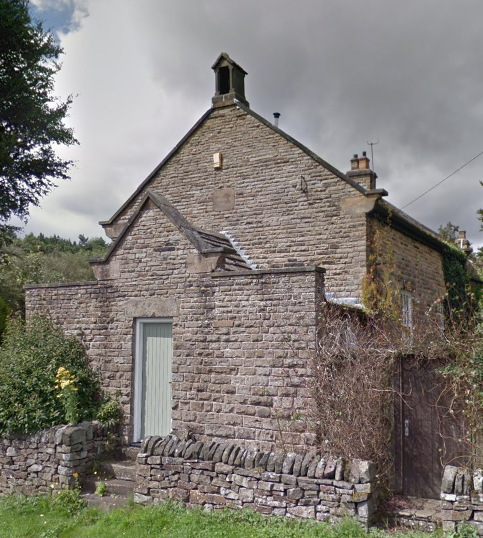 The chapel stands along Sheephill Road from old toll house. It was opened on 31st March 1864 the result of the efforts of Hugh Garside Rhodes, the minister of the Independent Chapel in Fulwood. Rhodes was born in 1790 and in the 1860s sometimes preached to a congregation of one. Herbert Trotter reported that Rhodes’ father used to preach in his absence. Here, Trotter’s recollection may not be accurate as the 1861 census records Hugh Garside Rhodes (born 1790) as an Independent Minister and head of the household, with Hugh Garside Rhodes (born 1838) as a banking clerk. So perhaps it was the younger Garside who preached in his father’s absence.
The chapel stands along Sheephill Road from old toll house. It was opened on 31st March 1864 the result of the efforts of Hugh Garside Rhodes, the minister of the Independent Chapel in Fulwood. Rhodes was born in 1790 and in the 1860s sometimes preached to a congregation of one. Herbert Trotter reported that Rhodes’ father used to preach in his absence. Here, Trotter’s recollection may not be accurate as the 1861 census records Hugh Garside Rhodes (born 1790) as an Independent Minister and head of the household, with Hugh Garside Rhodes (born 1838) as a banking clerk. So perhaps it was the younger Garside who preached in his father’s absence.